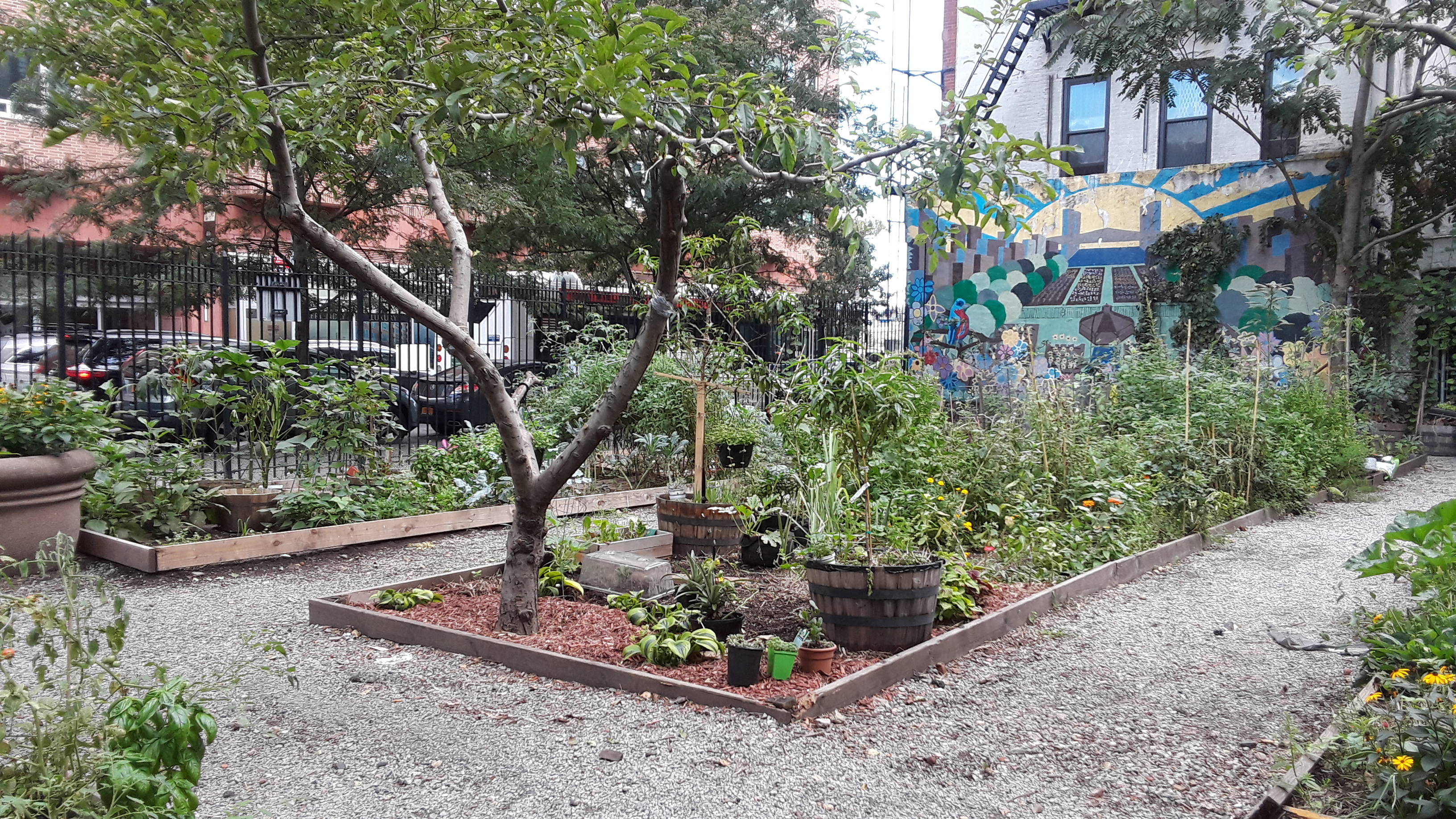Brief
Citizen Science in Unexpected Places
Organizing a Bioblitz With Your Community
Participation in a bioblitz is a great way to introduce citizen science and get your community outside learning about local habitats. A bioblitz is a biological survey that brings together students, teachers, parents, and scientists to observe and record as many living things as possible over a set period of time and in a set area. Biological surveys are tools that help biologists understand the health of an area, identify population trends, and quantify the abundance of organisms (LEARNZ 2021). With this baseline understanding, researchers can compare historical knowledge to current biological trends. With the help of web-based citizen science projects like bioblitzes, scientists and the global public can have access to vast catalogues of useful data about the natural world.
Ongoing citizen science efforts such as the City Nature Challenge (CNC) contribute thousands of observations every year from green spaces all over the world. The CNC is an annual bioblitz that engages people from hundreds of cities in friendly competition (City Nature Challenge 2021). Observers of all ages can benefit from enjoyable nature experiences close to home while contributing to scientific data collection and research. In the 2021 event, more than 52,000 people in 419 cities made 1,270,767 observations (CNC 2021). Even during a pandemic, this 10-day citizen science competition allows anyone with a smartphone to contribute data from their own neighborhood. Citizen science projects such as the CNC provide place-based learning experiences for young people and adults that address real-world problems (Teton Science Schools 2019).
Park agencies, universities, and nonprofit organizations train participants to upload CNC observations using a citizen science application called iNaturalist. With a free iNaturalist account, users upload photos, videos, or audio observations. Once an observation is uploaded, iNaturalist uses artificial intelligence to suggest possible identifications and the observation becomes accessible to any user. This article in The Science Teacher provides a short guide for using iNaturalist and creating an account (Nugent 2020).
The final days of the CNC asks iNaturalist users to add identifications to observations uploaded by other users (Figures 1A and 1B). An observation increases in quality when two or more users agree on an identification at the genus or species level (iNaturalist 2021). iNaturalist users of all experience levels can learn to organize living things into taxonomic groups; this feature sets iNaturalist apart from other wildlife identification apps. New users should start making taxonomic identifications at the kingdom level, with more experienced users helping to improve observation quality by adding identifications at the genus or species level. Experienced iNaturalist users often specialize in certain taxons and are on the lookout for observations needing community input. Accessing iNaturalist through the website uncovers many more functions than the mobile app, including the ability to download data sets to analyze offline.
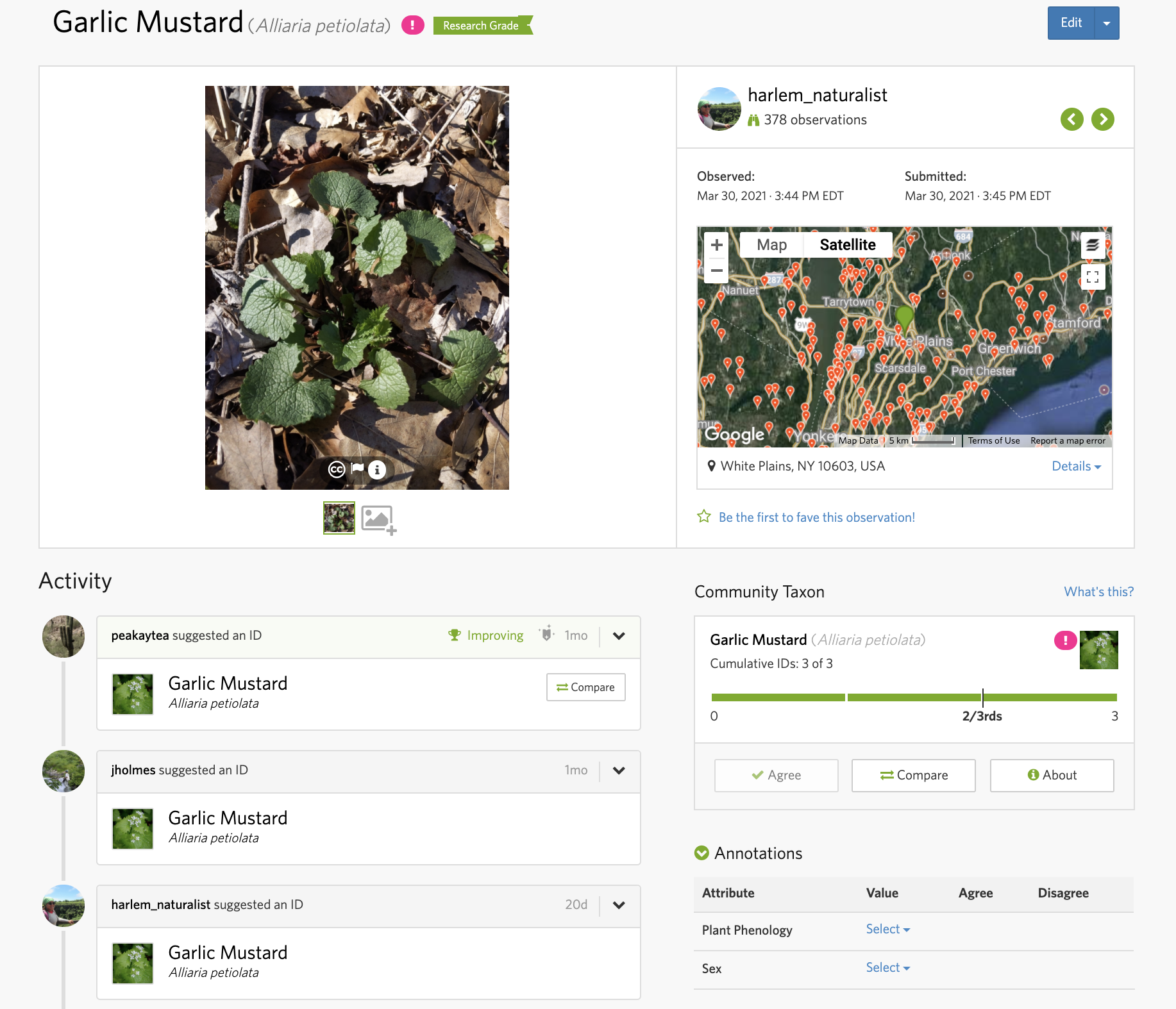
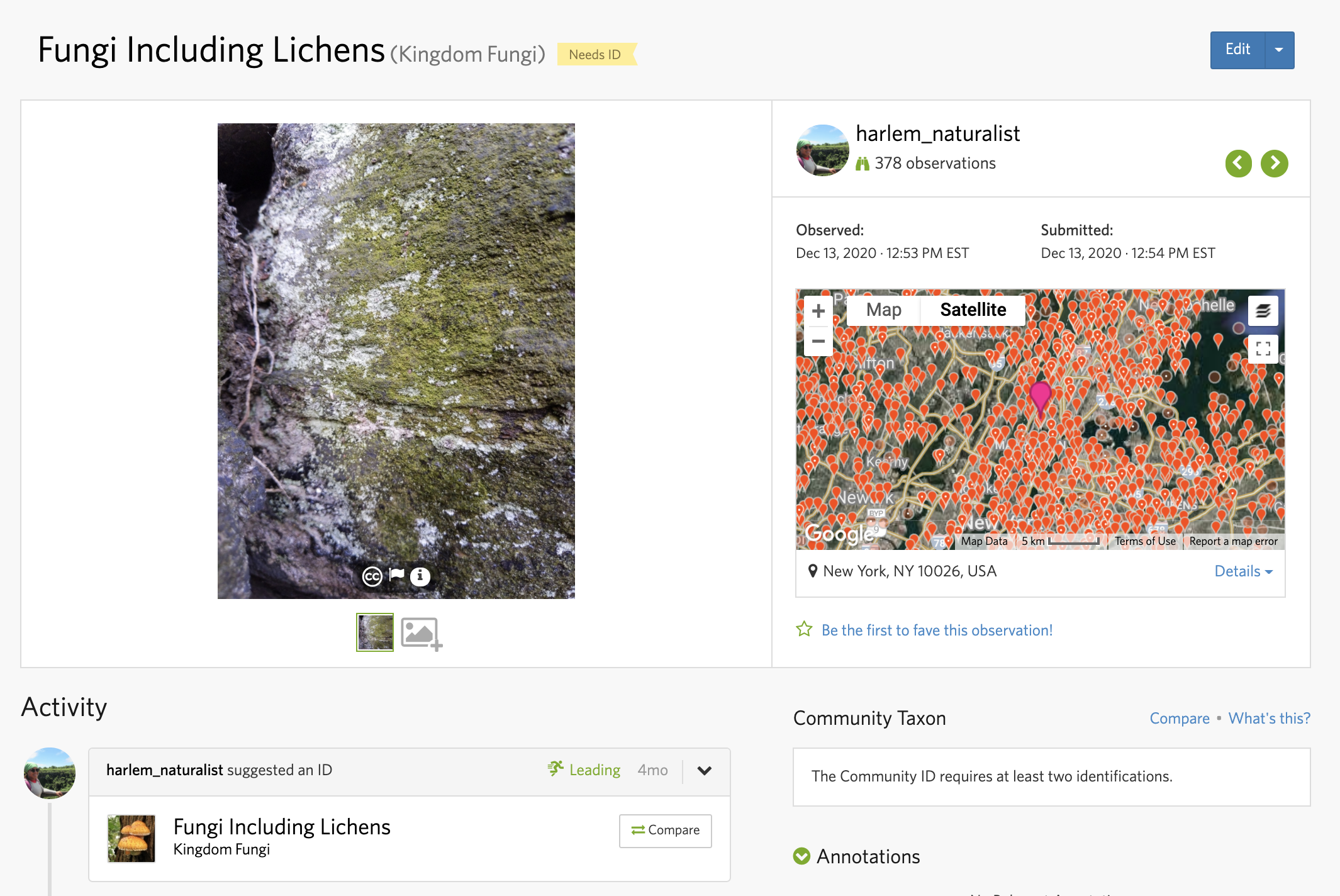
A bioblitz experience can be further extended to include community analysis of observations. After a bioblitz, educators who use iNaturalist with their students might consider assignments that ask students to communicate their findings.
Upcoming Opportunities
April is Global Citizen Science month and thus a great time to begin using iNaturalist in local green spaces, either solo or with family or other groups. Spring is an exciting time to observe seasonal changes like wildflower blooms, pollinator activity, and wildlife returning for warmer weather. Check out the online calendar of events for participating organizations near your location. Cavalier, Nickerson, and Nugent (2020) have compiled a resource listing a variety of citizen science projects to join.
When choosing a location to plan a bioblitz, your first thought might be to find a pristine natural area (Figure 2) where students will likely encounter a diversity of organisms. However, small urban patches of natural space are equally deserving of investigation; while they can be highly fragmented, urban areas have potential to provide habitat for wildlife (Figure 3). Public lands, school grounds, gardens, and nature centers are all good options for a bioblitz.
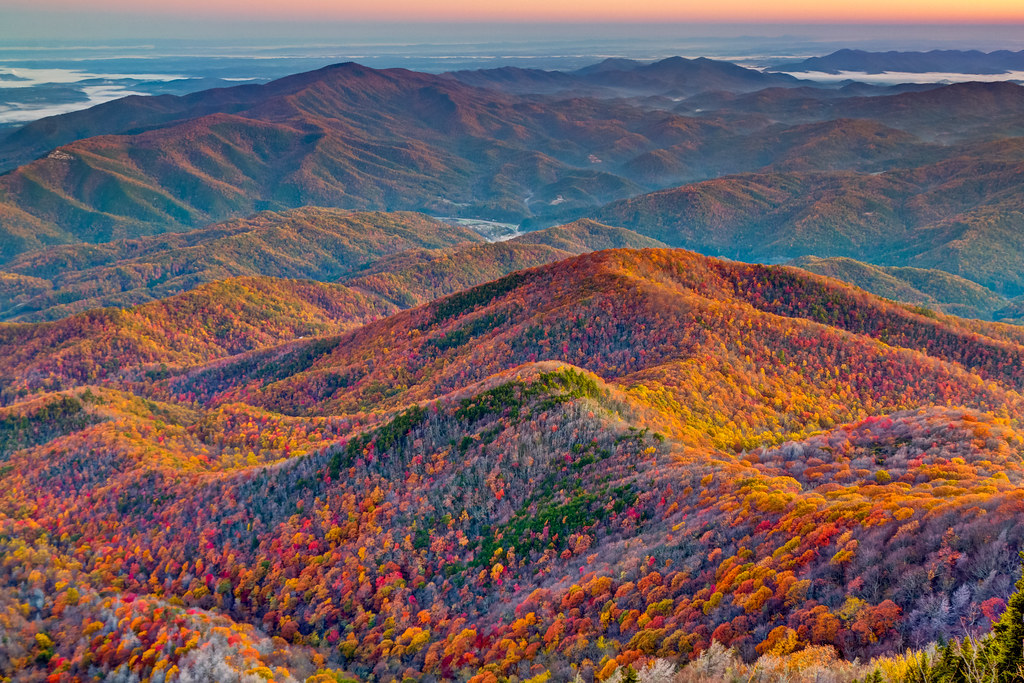
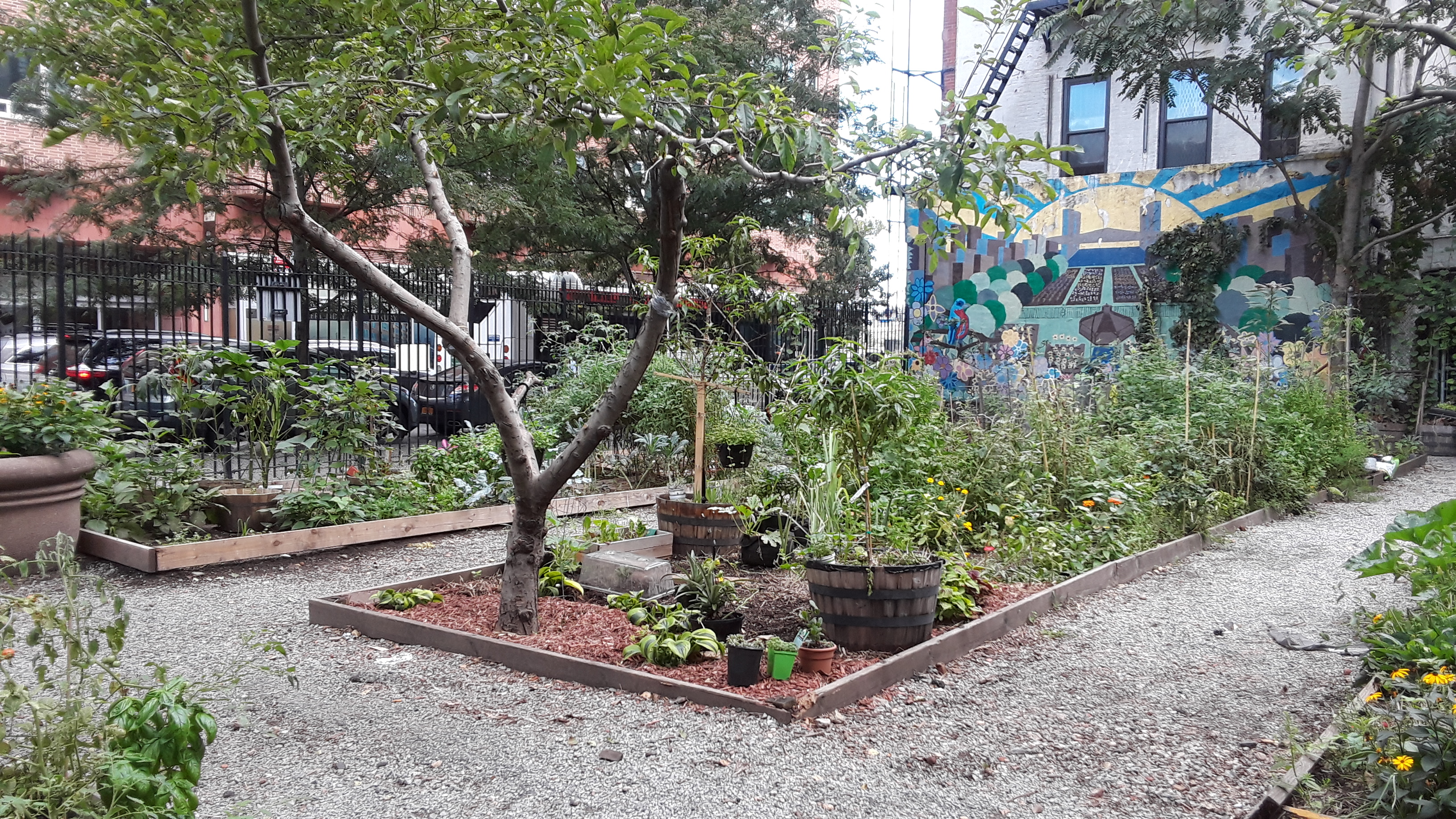
When considering local partners, look for nearby conservation organizations and natural resource government agencies. Collaborating with professionals connects citizen scientists to conservation practitioners. Finding an existing citizen science project can allow teachers to tap into local experts who can work with students to collect observations. Organizing a schoolwide event can help students develop important skills such as teamwork and leadership.
Find a local habitat or environmental issue that students and teachers can monitor. Students can participate in a number of ongoing citizen projects. You can search SciStarter to browse a wide range of projects from marine debris to bird watching (SciStarter 2022). A bioblitz could be a culminating experience to a life science, environmental science, or Earth science unit.
This year’s CNC will be held April 29–May 2, 2022. Consider getting ready by practicing with the iNaturalist app by taking photos, creating observations, and adjusting your location settings—and by encouraging others to get involved!
Safiya Sabir (sabirs@miamioh.edu) is a graduate student at Miami University in Oxford, Ohio.
Author Note
Seek by iNaturalist can be used as an alternative to iNaturalist. Seek does not require users to create an account and provides instant identification for observations, allowing the youngest citizen scientists (under the age of 13) to safely enter observations.
Suggested Bioblitz Tools and Materials
Smartphones, digital cameras, hand lens, bug nets, containers for viewing specimens, tweezers, binoculars, field guides specific for your location, sketch books, marking flags or long rope to designate areas for observations
Additional Resources:
City Nature Challenge (April 29–May 2, 2022) https://citynaturechallenge.org/
2022 City Nature Challenge iNaturalist page https://www.inaturalist.org/projects/city-nature-challenge-2022-global-project
Getting Started with iNaturalist https://www.inaturalist.org/pages/getting+started
Citizen Science Month - SciStarter https://scistarter.org/citizensciencemonth
Biology Citizen Science Environmental Science Life Science STEM Technology Informal Education



